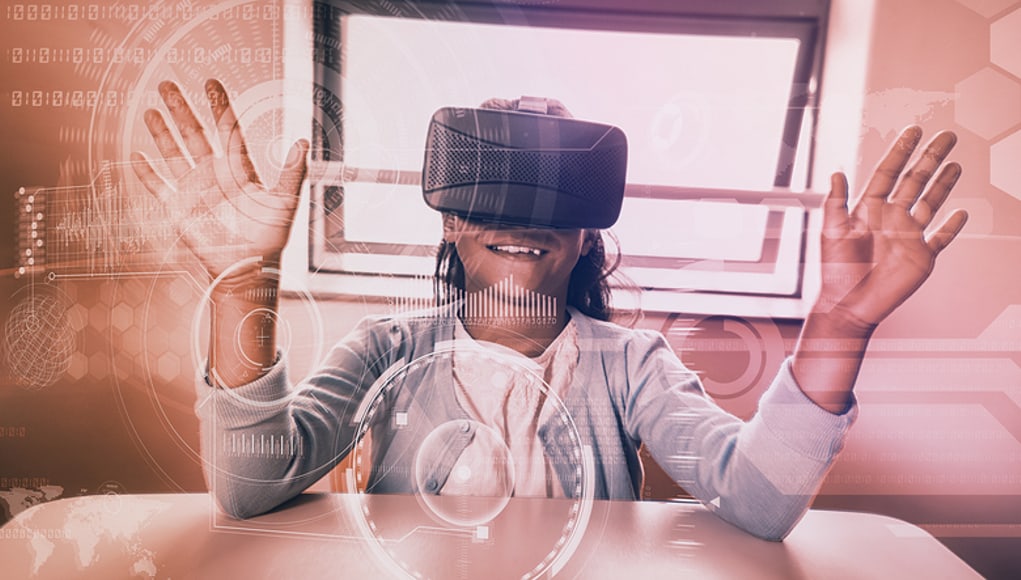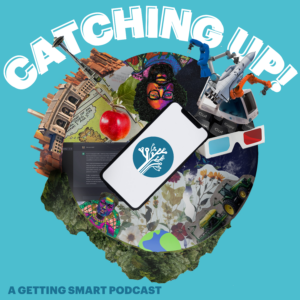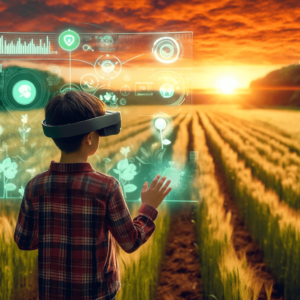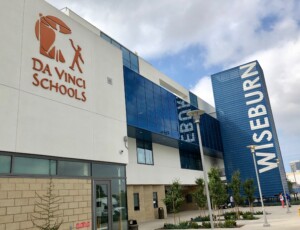Learning With Virtual Reality Ignites Creativity and Career Exploration

By Alexandra Lange
As a full-time science specialist teaching upper elementary students at Utica Community Schools, I recognize the critical importance of hands-on experiments on learning. Virtual reality (VR) has sparked excitement in my science classroom and opened doors that I couldn’t have imagined just a year ago.
Now our elementary students tumble into science class and dive right in. Two to a computer, they follow the directions that are posted and begin to explore. They use a stylus to pull VR images from the screen and rotate their wrists to turn them into three-dimensional images.
They talk amongst themselves about what they’re looking at and ask me questions about what they don’t know. They have no problem taking the lead in their learning, and it’s generating some great conversations.
Our science lab is one of several in the Utica Community Schools that uses zSpace, an all-in-one AR/VR/mixed reality system, for STEM education. Unlike most VR technology, students don’t need to wear headsets because the program is screen-based.
 The “mouse” is a stylus, which students use to pick up and move items right off the screen. Lightweight glasses transform items into 3D objects that can be seen by everyone wearing the glasses, or the student can cast images onto a screen for the entire class to view.
The “mouse” is a stylus, which students use to pick up and move items right off the screen. Lightweight glasses transform items into 3D objects that can be seen by everyone wearing the glasses, or the student can cast images onto a screen for the entire class to view.
Expanding Science Learning
Besides being engaging for the students, VR is an excellent tool for conducting experiments that are impossible to recreate in real life. Gravity, for example, is a difficult concept to grasp, not to mention impossible to change on earth.
But in the virtual world, students can conduct physics experiments and change gravity. They build a virtual network of tracks and ramps and explore how changes in gravity affect movement and velocity.
 One thing that surprised me about the impact VR has had on my students is how curious it has made them about their future careers. Our district is in Michigan, home of the auto and defense industries. Working with an application about circuitry and applying those lessons in real life got many students excited about possible careers in engineering. After a unit on the human body, students asked me about medical careers, including neuroscience.
One thing that surprised me about the impact VR has had on my students is how curious it has made them about their future careers. Our district is in Michigan, home of the auto and defense industries. Working with an application about circuitry and applying those lessons in real life got many students excited about possible careers in engineering. After a unit on the human body, students asked me about medical careers, including neuroscience.
VR has also helped me integrate both arts and literacy into science. For a lesson on plants and adaptation, I had each student design their own plant in 3D, based on basic plant structure and what plants need in different environments. One student created a carnivorous money tree that lured victims with promises of riches. Another student was interested in the design aspects of zSpace, and, in conjunction with a literacy project, created a 3D character for a story he had written.
Opening Up a World of Possibilities for Students
Using VR in the classroom hasn’t changed the major concepts I teach, but it’s opened up many more possibilities for both me and my students. I’ve seen how VR helps students make connections between difficult-to-conceptualize subject matter and what happens in the real world. Their vocabulary has expanded, and they do a better job of summarizing the big picture.
Being hands-on is important to me, but adding VR to our school’s technology has become a major component of how I teach science. It complements both book learning and real-world experiments, and because of the increased engagement and the excitement it generates, it reveals a world of future possibilities for students.
For more, see:
- Transcend the Classroom with Virtual Place-Based Learning
- Virtual Reality is Coming to a Classroom Near You
- Virtual Reality – Hope or Hype?
Alexandra Lange is an instructive support model (ISM) science teacher at Ebeling Elementary at Utica Community Schools, Sterling Heights, Michigan. Follow the district on Twitter: @uticaschools
Stay in-the-know with all things EdTech and innovations in learning by signing up to receive the weekly Smart Update.







0 Comments
Leave a Comment
Your email address will not be published. All fields are required.